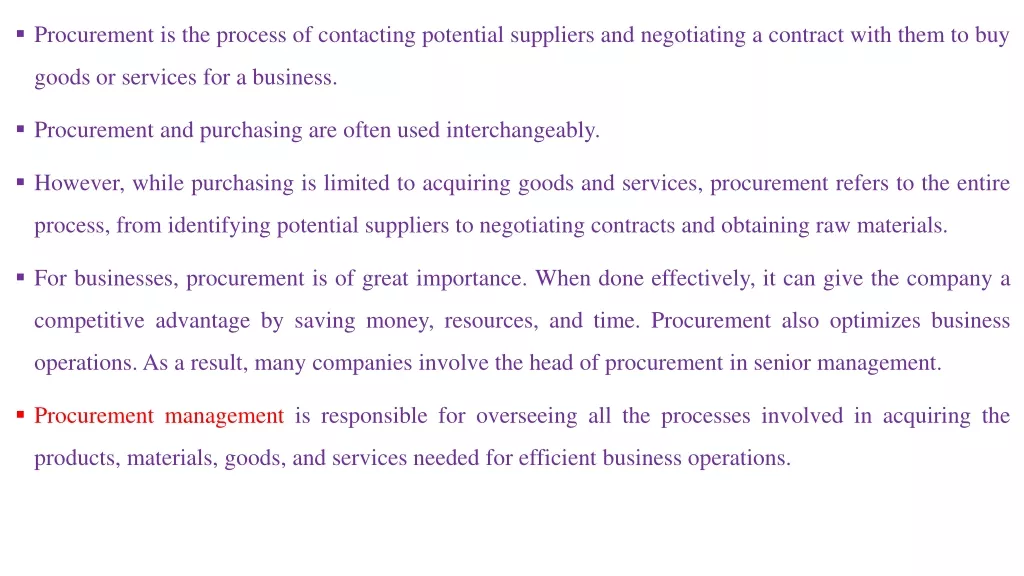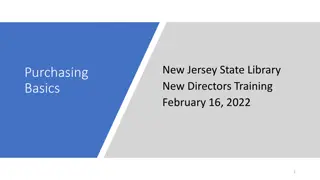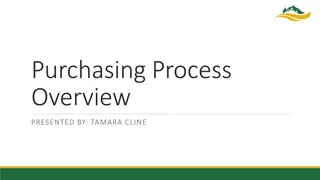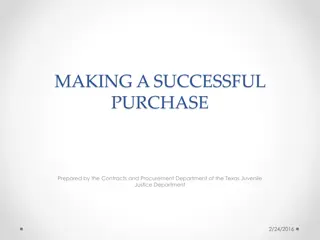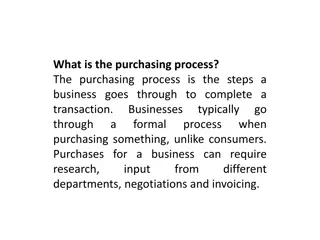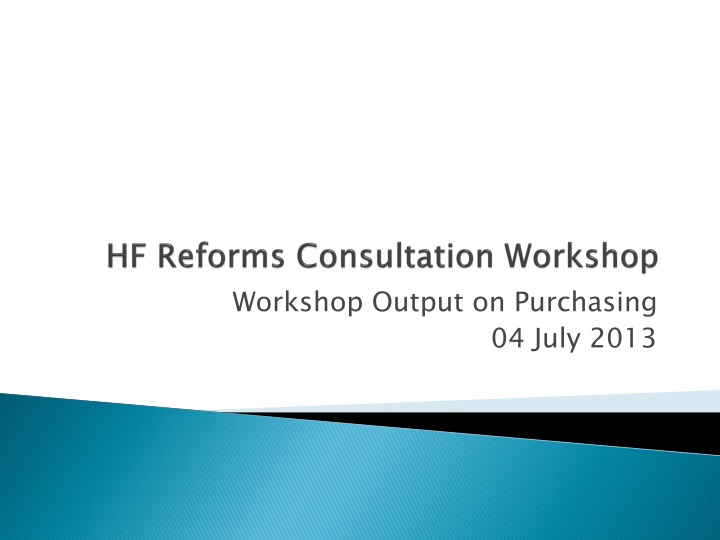
Strategic Purchasing Strategies for Health Services Optimization
Explore effective strategies for strategic purchasing in healthcare, including separate procurement from service provision, results-based financing, quality assurance programs, and provider payment mechanisms. Learn about leveraging health insurance, enhancing accountability, and promoting a performance culture to improve healthcare delivery.
Download Presentation

Please find below an Image/Link to download the presentation.
The content on the website is provided AS IS for your information and personal use only. It may not be sold, licensed, or shared on other websites without obtaining consent from the author. If you encounter any issues during the download, it is possible that the publisher has removed the file from their server.
You are allowed to download the files provided on this website for personal or commercial use, subject to the condition that they are used lawfully. All files are the property of their respective owners.
The content on the website is provided AS IS for your information and personal use only. It may not be sold, licensed, or shared on other websites without obtaining consent from the author.
E N D
Presentation Transcript
Workshop Output on Purchasing 04 July 2013
Dr. Emmanuel Batiibwe Soroti RRH, MOH Buyondo Badru MOH Olivious Kanyesigye MOH Rachel Kabala Insurance Regulatory Authority Facilitator: Dr. Olivia Nieveras -GIZ/P4H Secretary: Eric Kakole -MOH Presentor: Dr. Alex Andema Lokut Moroto RRH, MOH
Government - Line budgeting /Salary payment -Non wage subvention to PNFP health facilities -grants and budget for disaster/epidemics Donors -Off budget projects, vouchers for specific priorities (case payment) Individual Out of pocket payments directly to facilities. formal and informal (fee for service) Company payments on behalf of employees (fee for service) Vertical Programmes for priority diseases and public health activities School program-fixed cost collected as part of school fees (salary for medical staff) Health insurance for formal sector and CHI schemes fee for service
Strategic purchasing through health insurance Contracting for health services with private sector Conduct costing studies and pay providers appropriately, standard tariff regulation Single payer as much as possible to have leverage with providers negotiate prices of services Implement a functional referral system Invest more resources for promotive and preventive care
Separate purchasing function from provision of services Implement Results-Based Financing Accurate information systems (HMIS) to support purchasing, minimize fraud Strengthening accountability and transparency mechanisms M&E political and technical Promote a performance culture- performance contracts, ranking system, rewards, recognition and sanctions Training on public financial management
Use a mix of provider payment mechanisms, as appropriate oCase-Payment/Diagnostic Related Group-consider also epidemics and disaster preparedness oCapitation oFee for service for specialized cases oGovernment budget oSalary oUser fees for those who can afford, if not member of insurance, services not part of the BP Implement Quality Assurance Program develop standards, clinical guidelines, continuing Quality Improvement Establish an independent Accreditation body
Client-orientation: oImprove awareness among people in the community on their entitlement and client s rights/charter oConduct regular patient satisfaction surveys oEstablish patient appeal and feedback mechanisms, engage the community Capacity development for health staff based on training needs Filling of gaps of required staffing levels Develop and strictly implement regulations for providers

